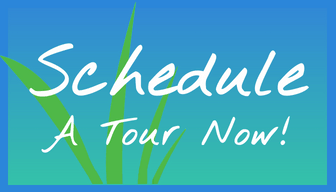Isn’t it interesting how, when someone has an area of complaint, sometimes it is an area where there is too much movement (“overworked”) and sometimes too little movement (“stuck”)?
And also, how people who need hip or knee replacements rarely wear out both sides at the same rate?
In the Feldenkrais Method© of movement education, we have a concept called “proportional distribution of effort.” To describe this, we sometimes use the analogy of “family therapy for the community of the skeleton.”
For example, let’s say that a poorly functioning family goes to the family therapist. The therapist finds that one parent is doing most of the work, and is feeling stressed and pressed for time. The children aren’t well supervised and don’t feel that they are contributing to the family. The other parent is complaining that the house is dirty and the laundry isn’t done, but isn’t helping.
So, the first action of the therapist is to suggest a re-distribution of labor. It wouldn’t be realistic for the 4-year old to do the same tasks that the 12-year old does, so the labor is distributed so as to be age-appropriate. Both parents have to participate in supervision of children, as well as household tasks. After some initial resistance and complaining, the family has changed! The house is tidy and clean, the laundry is finished, and the children have a sense of pride in their contribution to the family. They are also better supervised, so their behavior has improved.
Compare this to the movement potential of the human body. Most of us have unaware habits of putting more weight on one leg, moving one side of the pelvis more while walking, and swinging our arms differently. While doing massage, we may find that we are using our peripheral muscles too much and not moving from our core. We may tense our shoulders, rather that moving from the pelvis and trunk and allowing the motion to flow freely through the arms. We may tense eyes, jaws, and other areas unnecessarily. We may hold our breath. Not only do these habits lead to physical pain and repetitive stress injuries, but they also result in a less smooth and graceful massage.
By becoming more aware of how we move, learning to distribute the effort throughout the skeleton, and allowing the pelvis and trunk to provide the main impetus of movement, we can decrease the wear and tear on our own bodies, while giving a better massage.
Next time you do a massage, take a few minutes to notice your body mechanics. Are your shoulders tense? Are you overworking your arms, or are you letting the arms carry the movement as it flows through your entire self? Are you tightening body parts that don’t need to be working? Check in periodically, and take a moment to relax unnecessary tension, adjust body position, etc. With frequent self-checks, habits can be broken, and new ones established.
Ann Harman, L.M.T. , Guild Certified Feldenkrais Practitioner©, and retired osteopathic physician, will be teaching “Better Body Mechanics for Massage Therapists” from 10AM – 5PM on Saturday, March 22, 2014. This class uses the gentle movement explorations of the Feldenkrais Method© to help develop awareness, as well as to promote moving from the core and proportional distribution of effort. After practicing these principles solo, we then apply them in the context of massage. For an example of Ann’s teaching, go to www.soundcloud.com and put annharman in the search engine.




